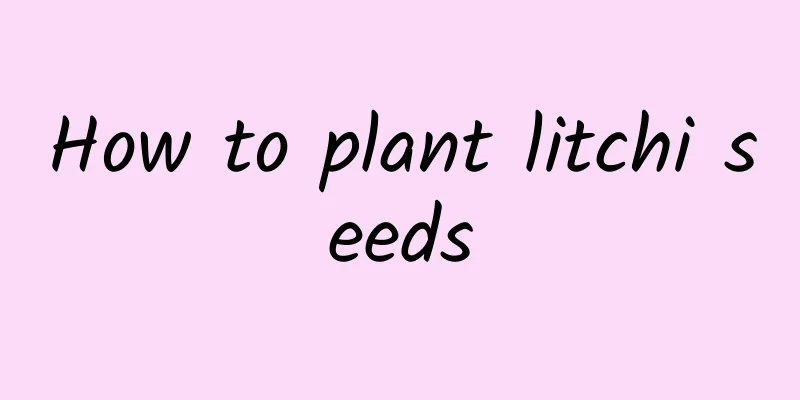When is the best time to prune plum blossoms?

Plum blossom pruning time and seasonSpring pruning: The first time before budding in March or April, cut off the branches that are not suitable for shaping needs, such as old and weak branches, dead branches, long branches, and cross branches. Pruning can also be done frequently after budding. After flowering, generally cut off the pedicels, retract 1/3 of the branches, and carry out appropriate thinning. Summer pruning: June to August is a good period for plum blossom growth with high temperatures and much rainfall. Sufficient fertilizer should be applied during the growth of branches to facilitate healthy growth of branches. Too much fertilizer will cause steeply growing branches that must be cut off, and branches that are too long should also be shortened to avoid destroying the branch shape. Winter pruning: Pruning should be done in combination with repotting in winter. It is generally recommended to do so in October and November. Note that the daylight becomes shorter after the beginning of autumn, and the flower buds in the leaf axils at the branch ends naturally differentiate, so pruning should be suspended. Plum blossom pruning methods and stepsTopping: When the plum tree grows 20cm new branches, you need to properly trim its top, generally keeping 3-5 branches as the main branches. When the new branches grow to about 15cm, you can pinch them, which can make its branches grow stronger. Pruning: When the main branches grow fast, it is not easy to form flower buds, so the main branches should be cut short. It grows very fast. When the plant forms flower buds, some branches that are too long, weak, or diseased need to be cut off. Pruning after flowering: Pruning is also necessary after the plant has finished flowering. It blooms first and then grows leaves, so the remaining flowers and some relatively poorly growing branches should be cut off. This is done to promote the growth and germination of new leaves. Precautions for pruning plum blossomsWound treatment: After pruning plum blossoms, wounds will usually be left. If not treated, it is likely to cause infection. It is usually necessary to spray carbendazim on them and place them in a cool and ventilated place. Pruning tools: The scissors used for pruning should be sharp, and try to use a new utility knife, so that the flower branches can be cut off quickly without excessive wear and tear on the branches. Avoid spraying water: Do not spray it with water after pruning, as the cut ends of the branches will easily rot. |
<<: How to grow potted cinnamon? Cinnamon tree potted maintenance method
>>: What are the cultivation methods and precautions of copper coin tree
Recommend
Give the flowers a pair of scissors in the summer, and they will grow wildly in 2 months
Jasmine Jasmine is the main flower in summer, but...
When is the best month to prune rubber trees? What season is usually used for pruning?
Rubber tree pruning time The time for pruning rub...
How to plant grape seeds
Grape Seed Introduction Seed collection: When the...
The efficacy and function of water pinellia
effect It has very good effects in treating cough...
How to trim golden marbles
Pruning time There are three key times to prune t...
Common diseases and pests of dancing grass and their control
Dancing grass pests Pests Dancing grass has fewer...
The value of summer violet
The ornamental value of summer pansy The summer p...
Put 1 pound of oil in the pot, jasmine and Clivia...it will immediately grow into cabbage with dense and numerous leaves!
If Clivia drinks a spoonful of oil, its leaves wi...
How often should I water my lobelia?
How often should I water my lobelia? Spring is th...
Not only Chlorophytum comosum can be grown hangingly! These 10 kinds of succulents are so beautiful when hung!
Buddhist beads The name of Buddhist beads is just...
When to plant violets
When to sow The time for sowing violets is genera...
I never expected that there is a Lilliput country hidden in the fruits and vegetables I eat every day!
▼Cabbage hot air balloon, so cute~ ▼Kiwi fruit ha...
Introduction to Luanshu, how much does Luanshu cost
1. Family Koelreuteria paniculata is a plant of t...
Ancient flower names
1. Peony In ancient times, peony was called Luoya...
How to grow lucky clover
1. Soil The growth of lucky clover requires ferti...









